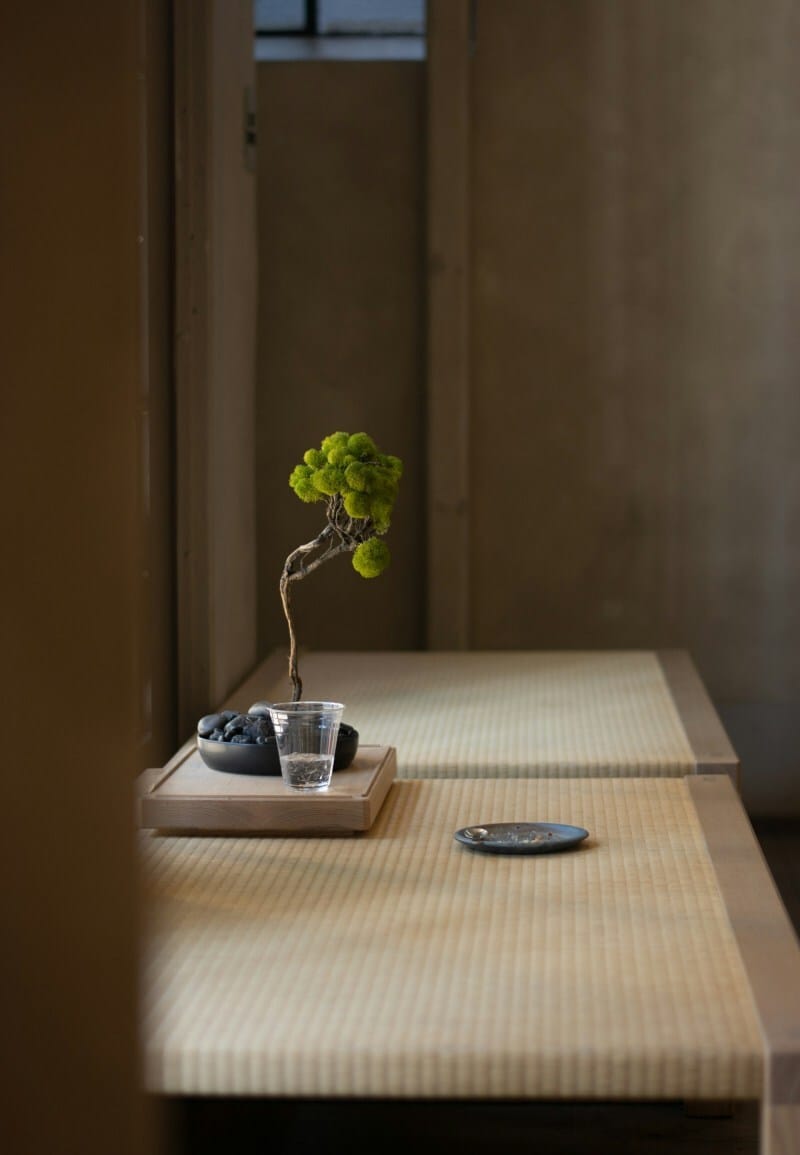In a world that often celebrates perfection and precision, Wabi Sabi art offers something profoundly different — an appreciation for the imperfect, the impermanent, and the incomplete.
Rooted in traditional Japanese philosophy, Wabi Sabi embraces natural flaws and the quiet beauty found in simplicity. In 2025, as minimalism and mindfulness continue to shape modern interiors, Wabi Sabi-inspired design is becoming a defining movement for people seeking authenticity and calm in their homes.

The Essence of Wabi Sabi Art
Wabi Sabi art isn’t about flawless symmetry or polished finishes. Instead, it values organic textures, earthy tones, and asymmetrical balance. It celebrates the raw and the real — weathered wood, uneven brushstrokes, and imperfect ceramics that tell a story of time and use. Each piece conveys a sense of peace and acceptance, reminding us that beauty often lies in transience and imperfection.
This approach to art harmonizes effortlessly with today’s design aesthetics. Clean, neutral spaces benefit from the quiet contrast of rough materials and abstract textures. A single Wabi Sabi painting can transform an entire room, adding depth, warmth, and a meditative quality that feels timeless.
For a curated selection that captures this serene aesthetic, explore wabi sabi wall art. The collection features handcrafted pieces that balance simplicity and texture — ideal for creating soulful, nature-inspired interiors that speak to modern sensibilities.

Why Wabi Sabi Decor Resonates with Modern Lifestyles
Modern life is fast-paced and filled with digital distractions. It’s no surprise that homeowners are drawn to Wabi Sabi decor, which encourages slowing down and appreciating the present moment. This design philosophy invites a shift in mindset — from chasing perfection to finding harmony in imperfection.
Incorporating Wabi Sabi artwork into your home helps create spaces that feel grounded and authentic. Rough textures, soft muted colors, and irregular patterns connect us back to nature. These pieces evoke tranquility, making them perfect for living rooms, bedrooms, or meditation corners.
Unlike glossy or mass-produced art, Wabi Sabi paintings feel personal and soulful. They carry the artist’s touch — brush marks, layered pigments, or visible canvas textures — each imperfection adding to their charm and individuality.

The Aesthetic and Emotional Impact of Wabi Sabi Painting
The emotional power of Wabi Sabi art lies in its quiet storytelling. It doesn’t shout for attention; instead, it invites contemplation. The subtle balance of emptiness and form reflects the Japanese concept of “ma” — the beauty of space and silence. In a well-composed interior, this creates a sense of calm flow and emotional depth.
The earthy palette often found in Wabi Sabi paintings — shades of taupe, beige, charcoal, and muted green — adds warmth without overwhelming the eye. These tones complement natural materials like wood, linen, and stone, making the style versatile for both minimalist and rustic spaces.
Every Wabi Sabi artwork acts as a visual meditation, grounding your environment and mind. It’s art with presence — simple, authentic, and profoundly human.

How to Incorporate Wabi Sabi Art into Your Home
Integrating Wabi Sabi decor doesn’t mean redesigning your entire space. Start small by introducing one or two statement pieces that carry the aesthetic’s signature traits: raw texture, minimal composition, and natural imperfection.
Hang a Wabi Sabi painting in your entryway to set a tranquil tone, or display it in your living area where it can act as a soft focal point. Combine it with ceramics, woven textiles, and handcrafted decor to build a layered, organic feel. Avoid perfect symmetry — asymmetry is a key principle of the Wabi Sabi philosophy.
Lighting also plays an essential role. Soft, diffused light enhances the artwork’s natural textures and creates a warm, serene glow.

Why Wabi Sabi Wall Art Is More Than a Trend
In 2025, sustainability and mindfulness are shaping how people decorate their homes. Wabi Sabi wall art aligns perfectly with these values, offering a thoughtful alternative to mass-produced design. It encourages connection — to craftsmanship, to nature, and to the beauty of imperfection.
Each piece becomes a reminder to slow down, breathe, and appreciate the imperfect details that make life meaningful. Wabi Sabi is not just a visual style — it’s a philosophy that transforms the way we see our surroundings.
Choosing Wabi Sabi artwork means choosing authenticity over artificial perfection. It’s a return to simplicity, to the beauty of natural forms, and to the quiet confidence that true art doesn’t need to be flawless — it simply needs to be real.
The post Embrace Imperfection: The Beauty of Wabi Sabi Art in Modern Homes appeared first on Moss and Fog.
